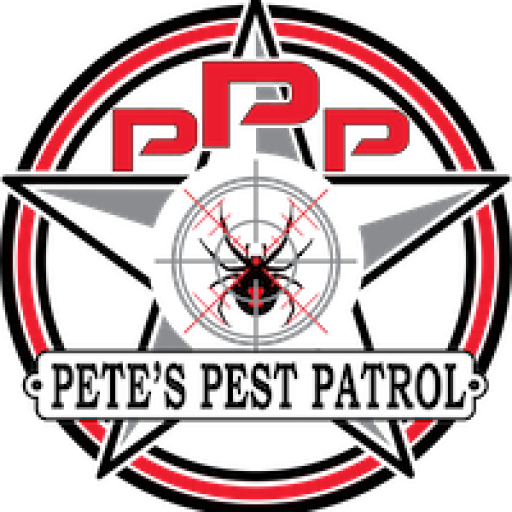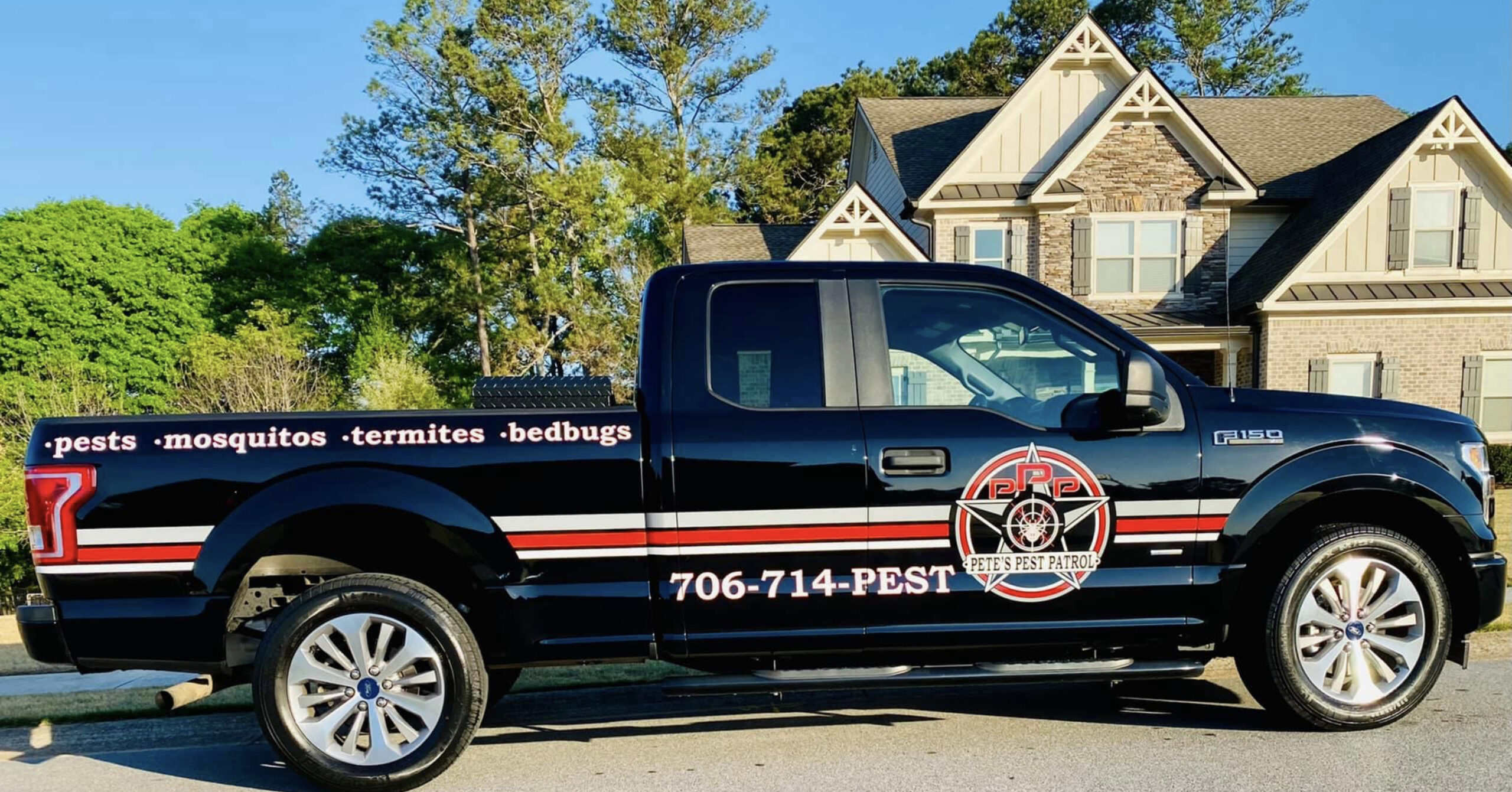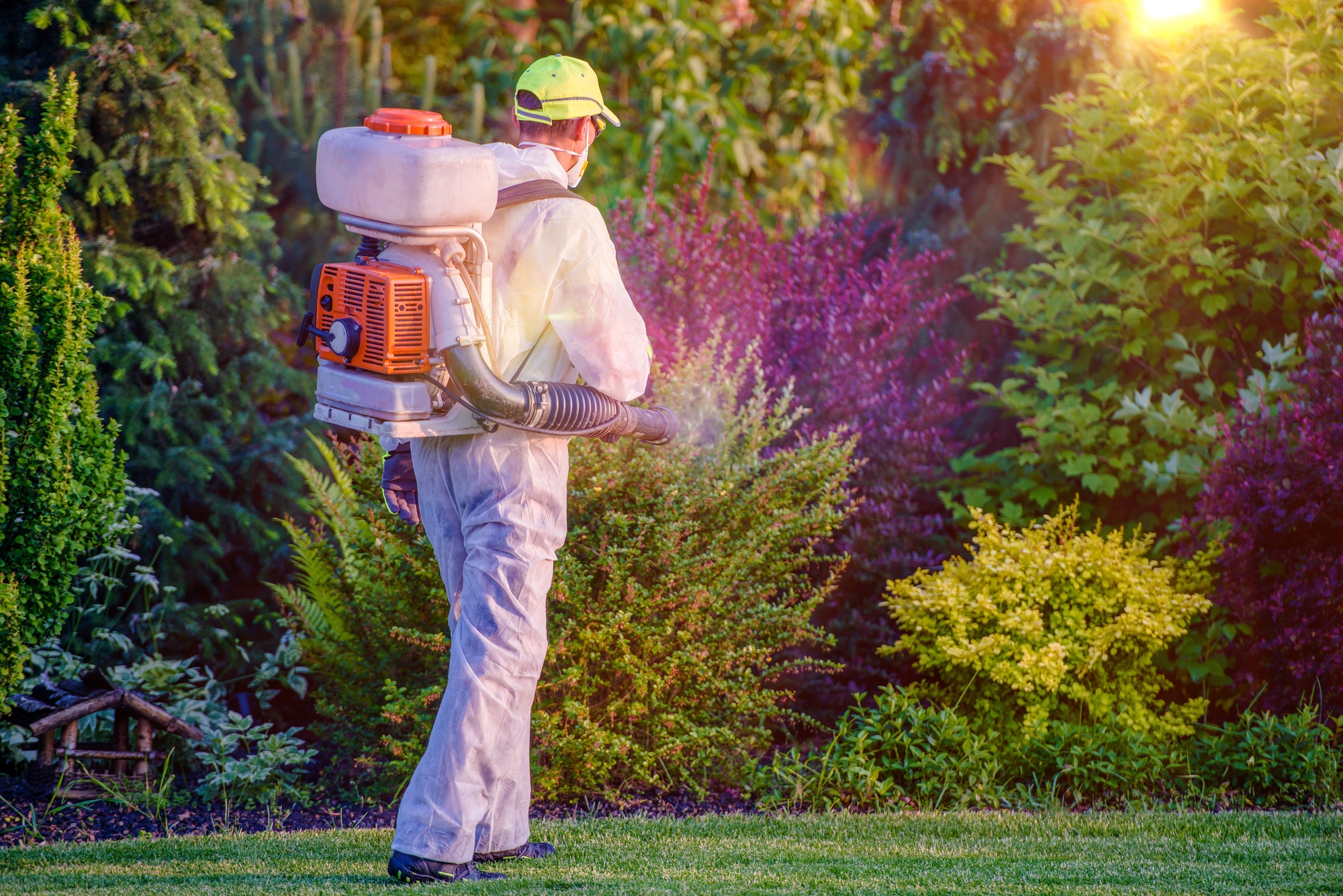
Preventing Pesticide Pollution: A Practical Overview
What Is Pesticide Contamination?
Pesticide contamination happens when chemicals used to control bugs, weeds, or rodents end up where they shouldn’t. That can be air, soil, or water. Even tiny amounts can matter.
These products are designed to kill or disrupt life cycles. When they move off target, they can cause adverse effects in places we need to protect. That includes your yard and community spaces.
Good news: smarter pest control reduces spread. Careful choices and timing help keep treatments where they belong. That protects people, pets, and the planet.
Where sprays go after the spray
Pesticide Contamination in Water – Why It Matters
Rain and irrigation can carry residues into ditches and drains. From there, chemicals can reach ponds and creeks. Once they enter waterways, removing them is hard.
Contamination isn’t always visible. But it can still impact fish, frogs, and insects that keep the waters clean. The risk rises when multiple products mix.
This is why planning matters. We use targeted tools and application windows to avoid runoff. Safer practices protect families and nature alike.
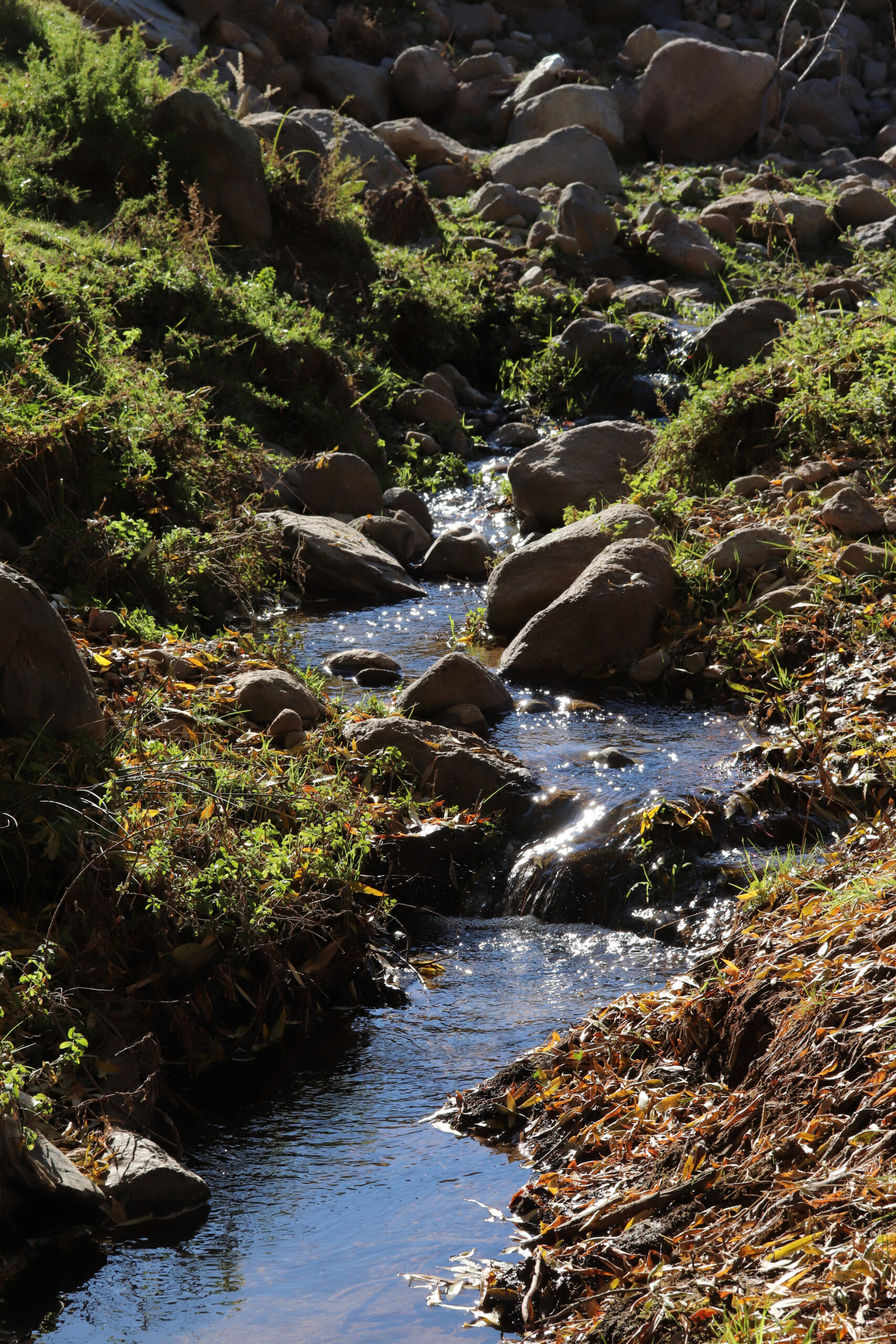
How chemicals travel underground and downstream
Surface and Ground Waters: Paths of Spread
Runoff pushes residues into streams and lakes. Leaching can move them into groundwater over time. Both paths can be silent and slow.
Sprays can also drift in the wind.That dust lands on soil and rooflines, then washes into drains. Small events add up over a season.
We limit drift with low-pressure tools and weather checks. Keeping products on site reduces clean-up later and protects local ecosystems.
Smart and Sustainable Practices for a Greener Tomorrow
By following these simple yet effective steps, you can help protect the environment while maintaining productivity.
- Use buffer zones near streams and lakes to minimize runoff impacts.
- Apply chemicals during calm weather to reduce spray drift.
- Monitor soil and water regularly for signs of contamination.
- Opt for targeted application methods to limit excess product use.
- Store and dispose of chemicals responsibly to prevent accidental leaks or spills.
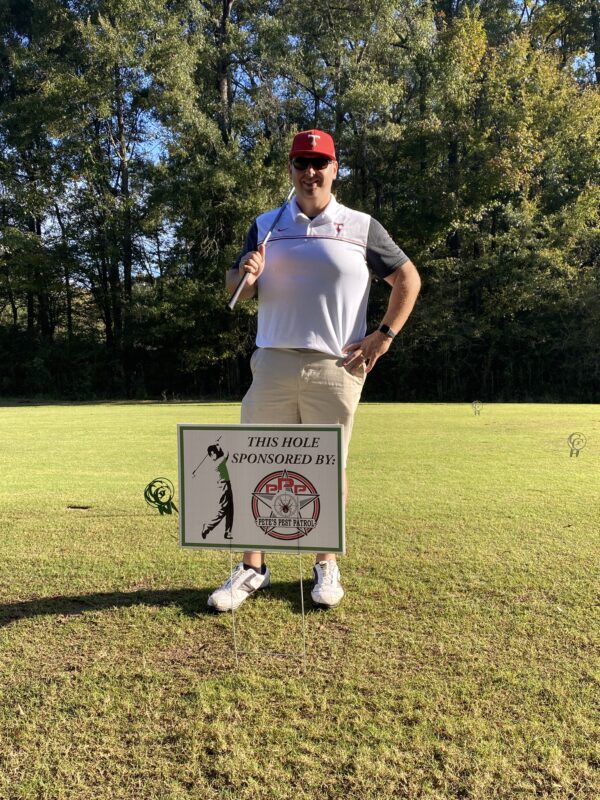


Why “clear” water isn’t always clean
Water Quality and Drinking Safety
Water quality depends on what you can’t see. Trace chemicals can stress aquatic life and complicate treatment costs for towns. Families deserve better.
Filters help, but prevention is stronger. Keeping products out of water is the most reliable step. It’s cheaper too.
Our team plans routes and buffer zones around drains and wells. Less contact with water means fewer worries at the tap.

Tiny bits, big impact
Soil Particles and Drift: How It Moves
Residues cling to soil particles, dust, and organic matter. Wind spreads them; rain moves them, sometimes yards away. This spreads risk beyond the target area, turning a small treatment into a bigger problem.
Compacted or bare soil erodes faster, speeding up chemical movement into gutters, ditches, and nearby beds. Healthy soil with strong roots and good organic content holds better, reducing off-site drift.
We use aeration tips, mulch, and precise spot treatments to keep products where they work. A little prep goes a long way, especially before storms or heavy irrigation. Simple fixes now prevent costly cleanup later.
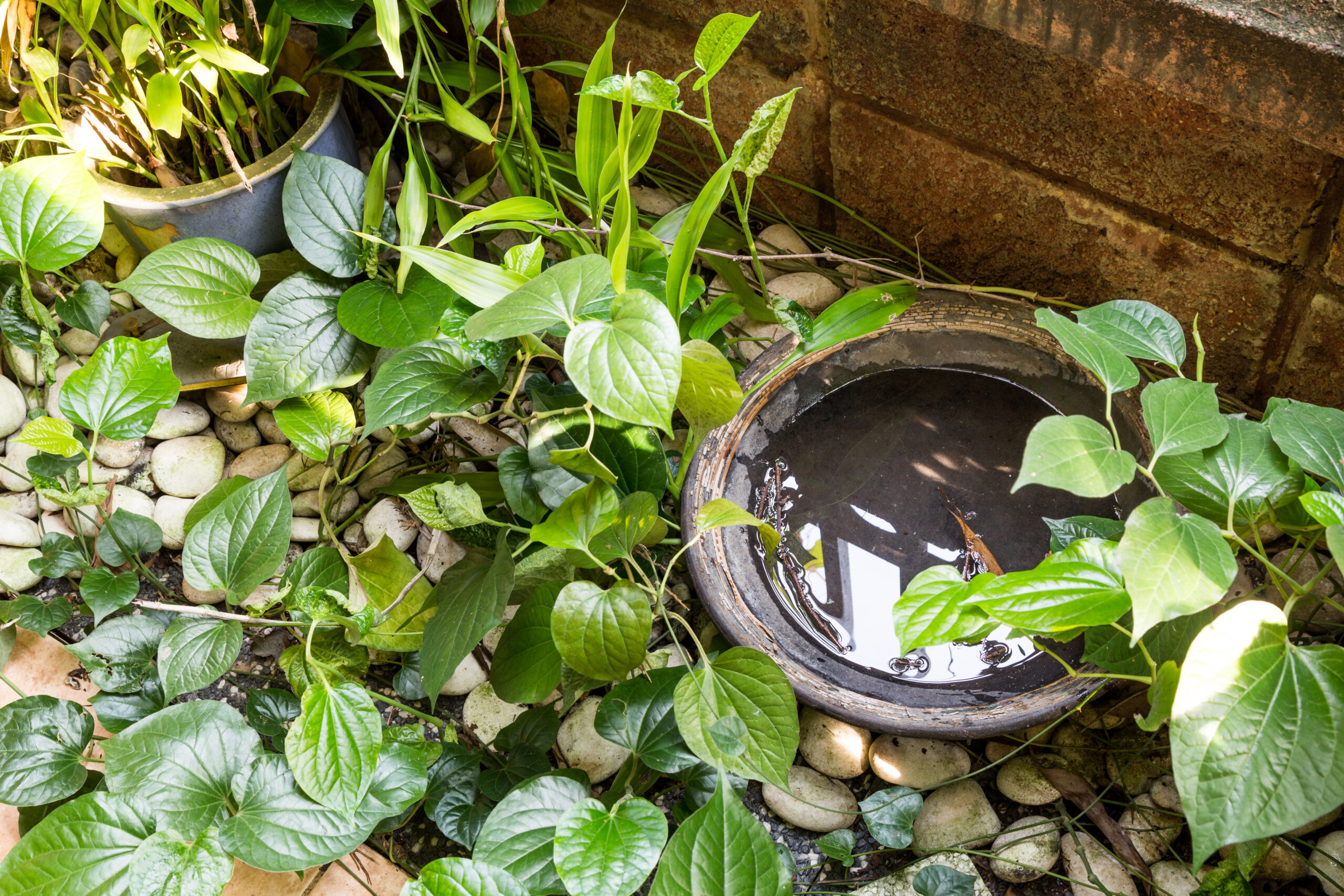


What’s inside the container
Active Ingredients vs. “Inert” Stuff
Labels list active ingredients that control pests. They also include carriers and solvents. Together, they determine how a product behaves.
Some activities are highly toxic to fish or bees at tiny doses. Others degrade quickly in sunlight. Knowing the difference guides safer choices.
We pick tools with the right half-life and profile for your space. Lower-risk options can still deliver strong results.
Choose the right tool, avoid the wrong outcome
Type of Pesticide: Matching Risk to Use
Different pests need different modes of action. A gel bait isn’t the same as a perimeter spray. The type of pesticide changes how far it can travel.
Granules may hold to the soil. Aerosols can drift. Growth regulators target life stages without broad knockdown.
We favor enclosed baits and targeted dusts indoors. Outdoors, we time treatments to avoid wind and rain. That keeps control tight and clean.
Best Practices for Responsible Pesticide Application
Implementing thoughtful techniques can maximize effectiveness while minimizing environmental impact.
- Use gel baits in precise locations to target pests without affecting non-target areas.
- Apply perimeter sprays carefully to create a protective barrier around structures while minimizing drift.
- Opt for granules in soil treatments for long-lasting control with reduced spread potential.
- Utilize insect growth regulators (IGRs) to disrupt pest reproduction without causing widespread harm to other creatures.
- Always check weather conditions, avoiding applications during windy or rainy periods to maintain effective and contained pesticide use.
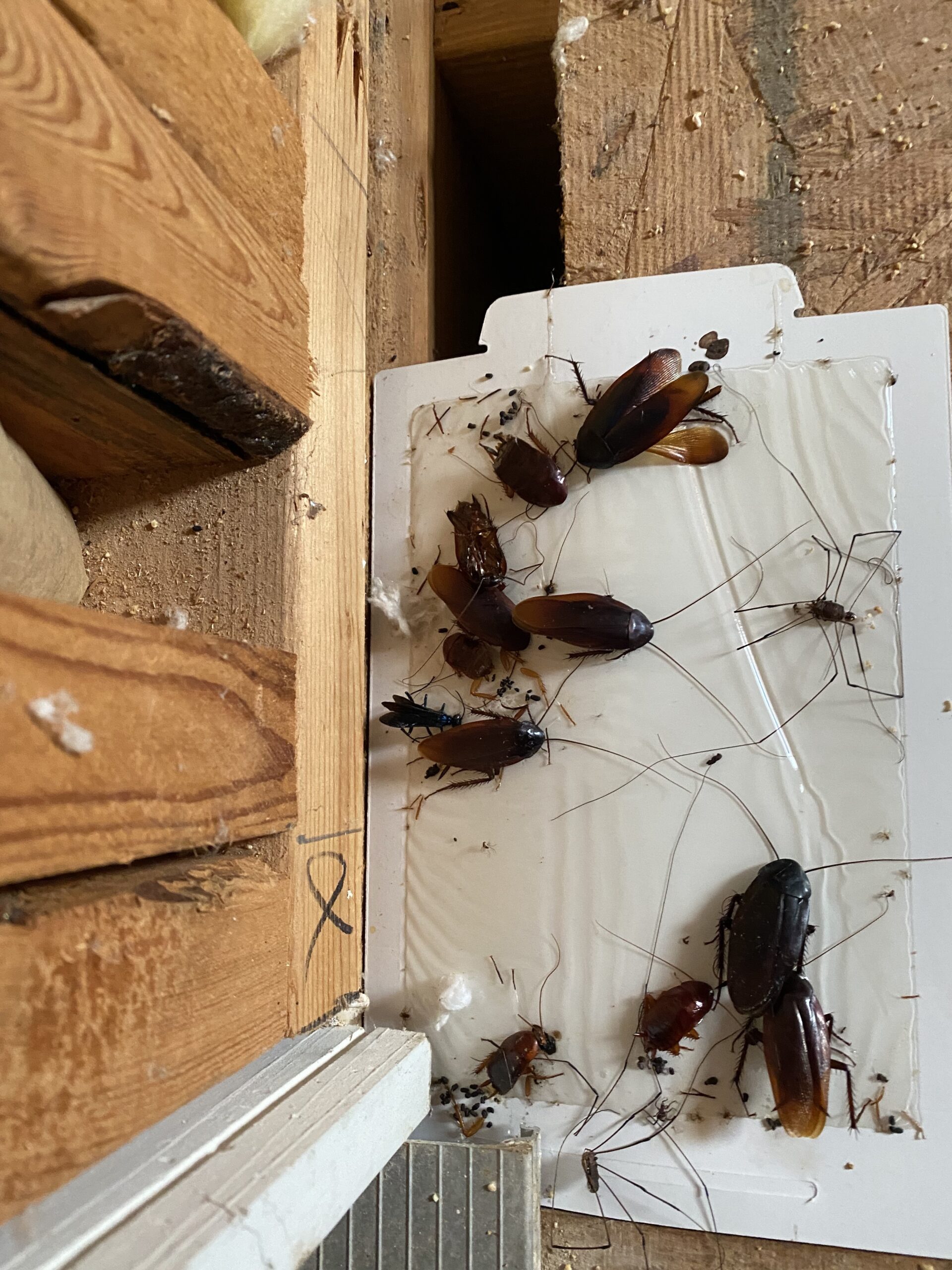
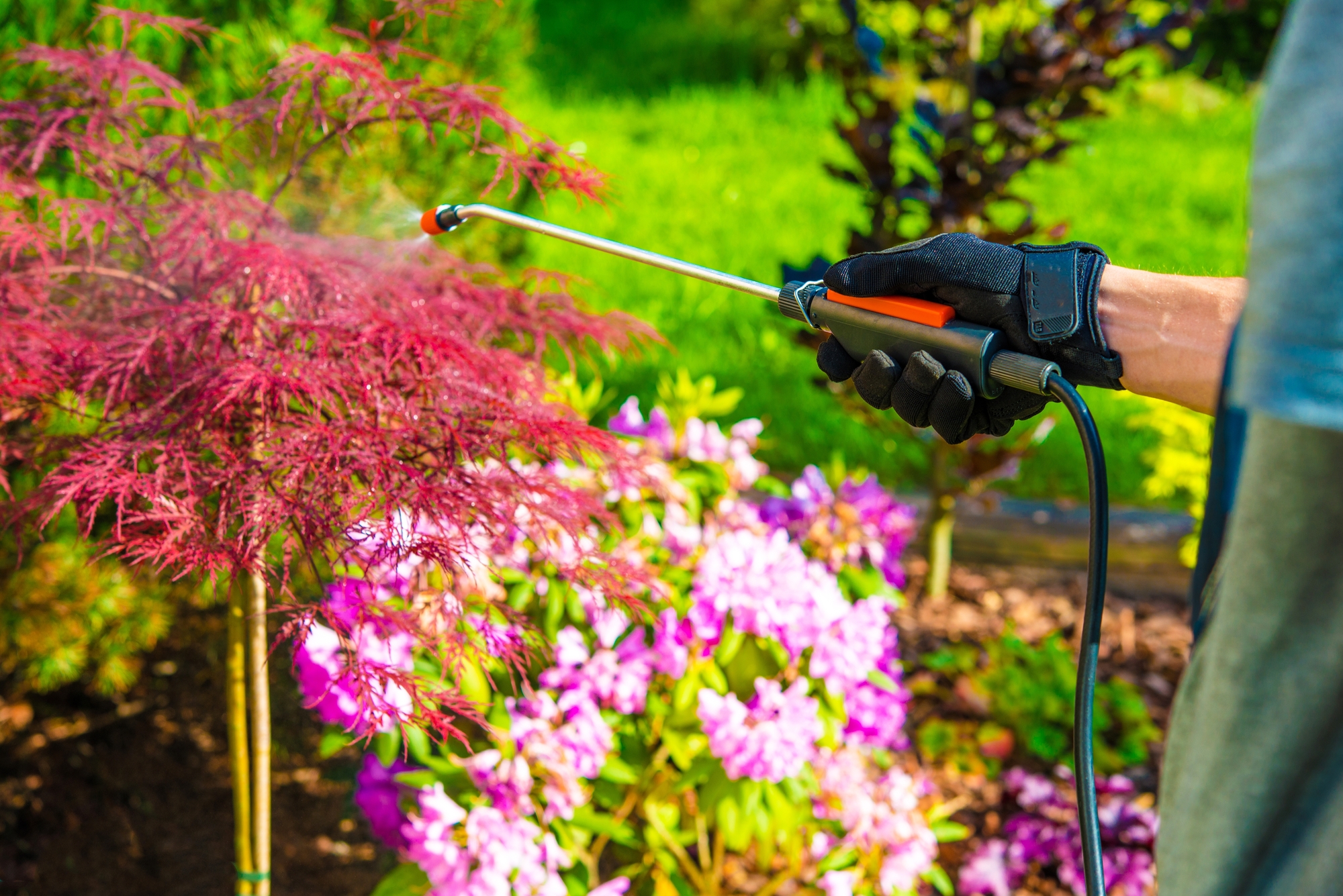

Same chemicals, different pathways
Agricultural Areas and Urban Yards: Different Challenges
In agricultural areas, fields are wide and irrigation is common. That can raise runoff risk during storms. Farm ditches connect fast to creeks.
Urban settings have hard surfaces and storm drains. Here, one quick rinse can move residues miles away. Small spills matter.
Our plan fits your setting. We adjust application volume, method, and timing to reduce movement – no matter where you live.

Why streams need special care
Aquatic Ecosystem Impacts: Fish, Frogs, and More
Aquatic life is sensitive. Gills and thin skin allow chemicals to enter quickly, and even short-term spikes can cause stress. Eggs and larvae are especially vulnerable. Temperature and oxygen levels can worsen these effects and slow recovery.
Insects that fish eat may die off first, disrupting food webs and weakening the ecosystem. Recovery takes time as insect populations rebuild and young fish find new food. In some cases, changes in insect life can lead to algae growth and nutrient imbalances.
We protect streams by maintaining buffer zones, using low-toxicity products, and scheduling treatments around rain. Using drift-limiting equipment and keeping careful records ensures safe, consistent work.
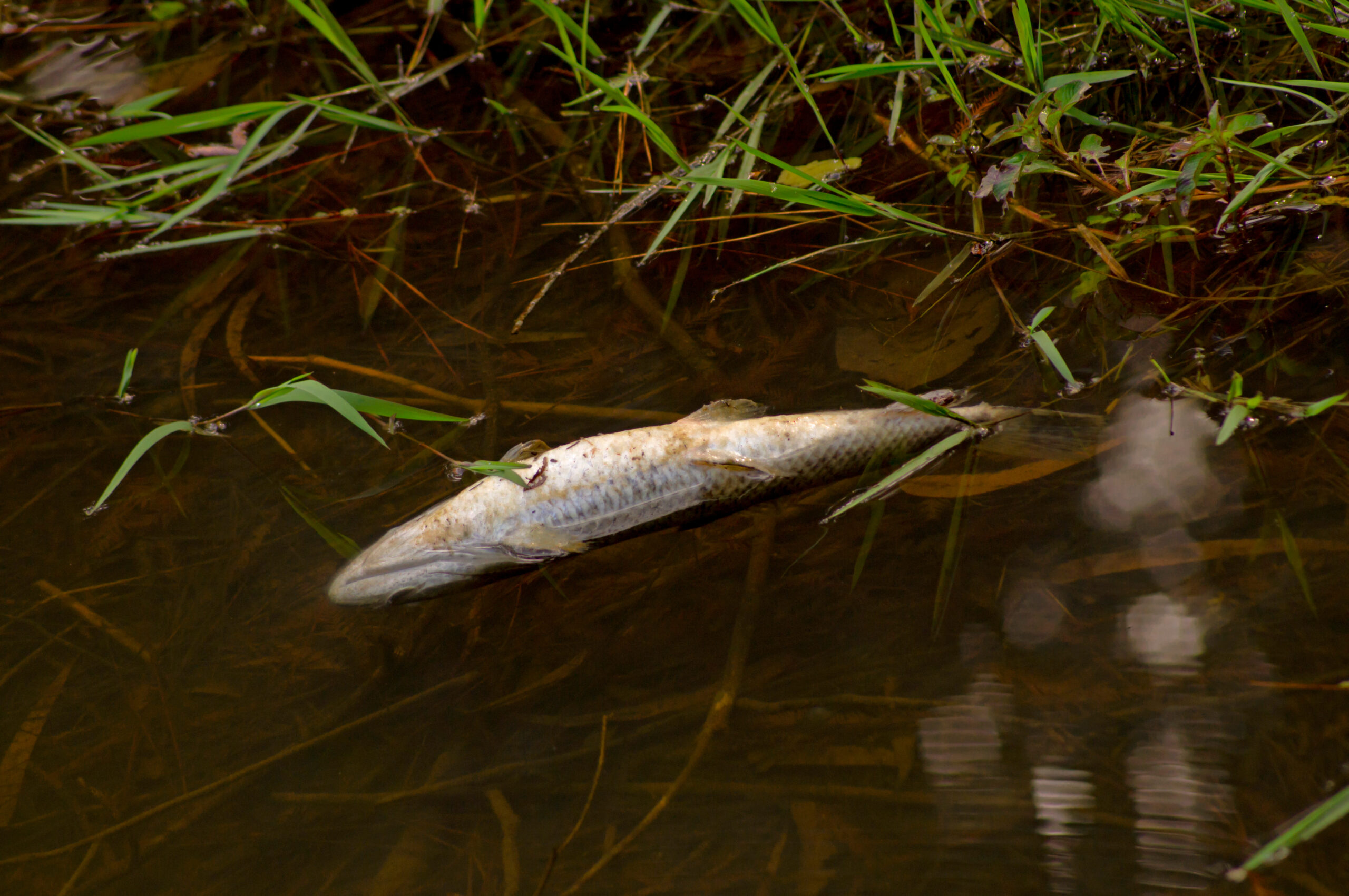
Small exposures that stack over time
Food Chain Effects and Bioaccumulation
Tiny residues can build up in plants and small animals. Predators eat many of them. Over time, chemicals concentrate higher in the food chain.
That build-up can cause delayed or subtle harm. Reproduction, growth, and behavior may shift. You may not see it right away.
Prevention is the best fix. We reduce broadcast spraying and rely on precise placement. Less spread means less stacking.

Strategies to Combat Bioaccumulation and Protect Ecosystems
Taking these proactive steps is essential to reducing environmental damage and safeguarding the integrity of our food chains.
- Minimize pesticide use to prevent chemical accumulation in plants and animals.
- Promote the use of biocontrol methods, such as introducing natural predators.
- Implement targeted spraying techniques to reduce chemical spread.
- Educate farmers and communities about the risks of bioaccumulation in the food chain.
- Monitor and assess ecological systems regularly to detect early signs of harm.
- Encourage organic farming practices to limit reliance on harmful chemicals.
- Support policies that regulate and limit the use of persistent agricultural chemicals.
- Invest in research for safer, sustainable alternatives to traditional pesticides.

Reduce contact indoors and out
Exposure to Pesticides at Home: Common Sources
Most home exposure happens during and right after treatment. Touching wet surfaces or breathing mist raises the risk. Timing is key.
Outdoors, residues on patio furniture or toys can transfer to skin. Keep kids and pets out until areas are dry.
We share a clear prep-and-return plan before any job. That turns guesswork into confidence.
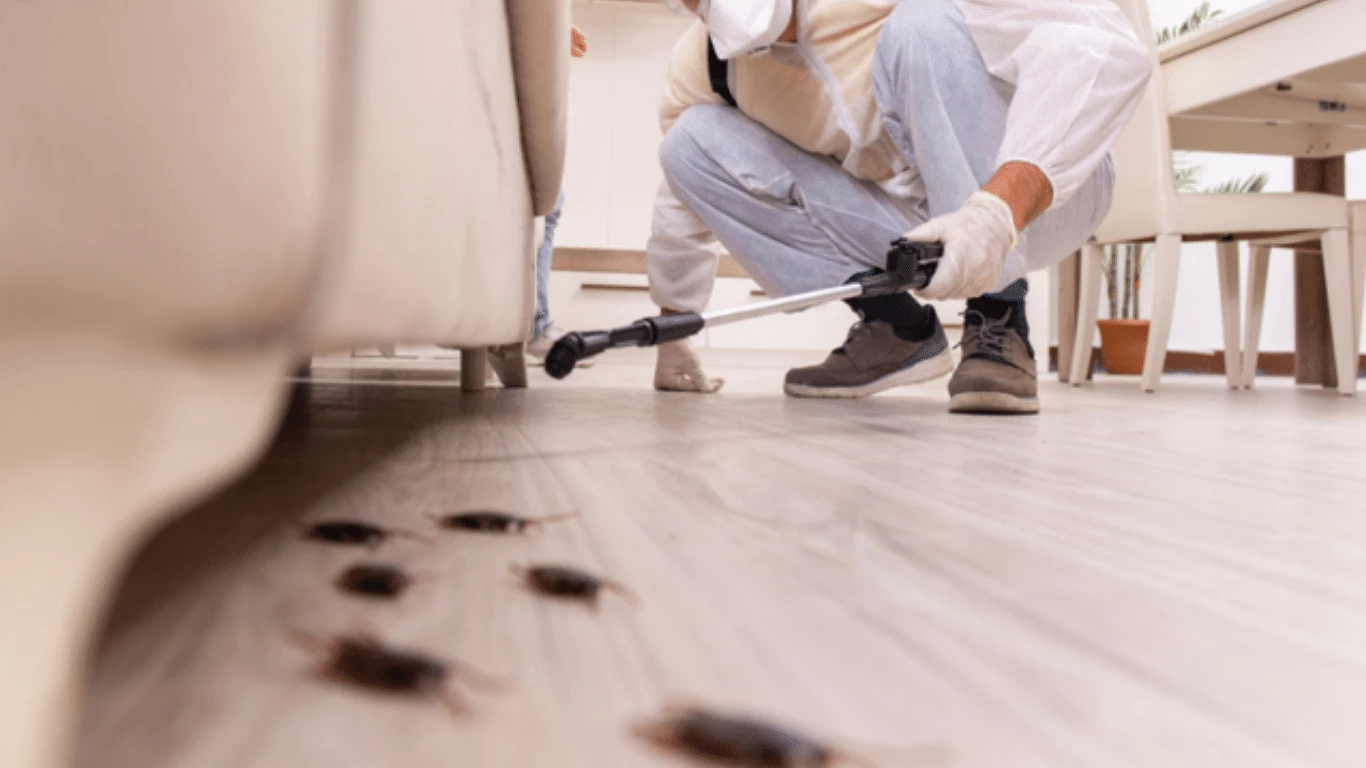
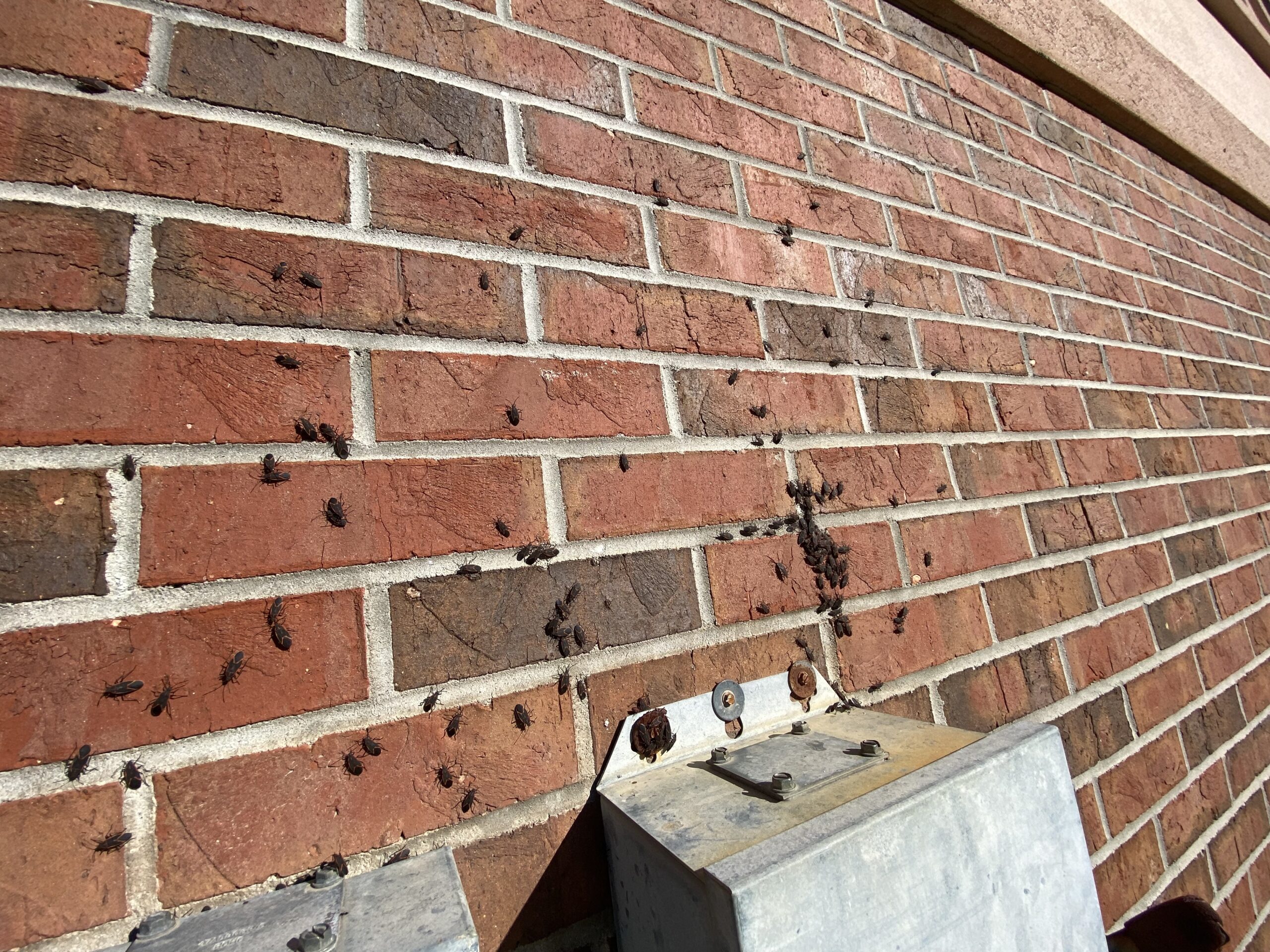

Shared spaces need extra care
Pesticide Exposure in Schools and Workplaces
Pesticide exposure in shared spaces can pose serious health risks, especially when heavy metals are present in certain treatments.
Hallways and break rooms see lots of hands, increasing contact risk if surfaces are treated. Opting for targeted baits is a safer choice in these areas.
Ventilation and cleaning schedules are also critical, as proper coordination prevents overlap with treatment windows.By working around hours and traffic patterns, we ensure safer timing to protect staff and students while effectively addressing pest problems.

Don’t pour, don’t burn, don’t guess
Improper Disposal: Small Mistakes, Big Problems
Leftover product and rinse water can harm drains and soil. Never dump into sinks or gutters. That route leads straight to waterways.
Triple-rinse containers when labels require it. Follow local guidance on returns or drop-offs. Your county can help.
We remove or manage leftovers for you when possible. Clean endings prevent new contamination.
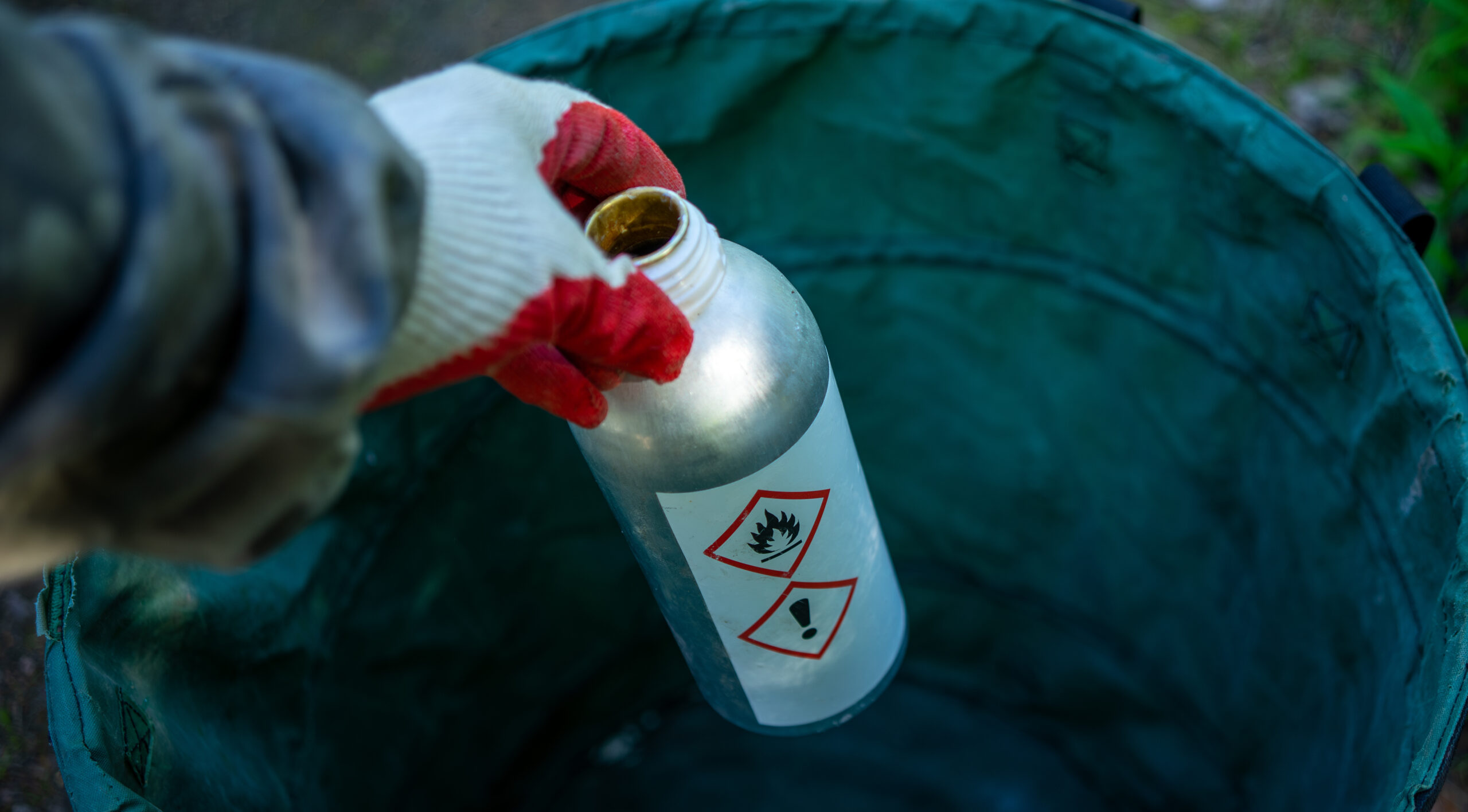
Protect the helpers, not the hitchhikers
Adverse Effects on Pets, Pollinators, and Wildlife
Bees, butterflies, and birds play a vital role in maintaining healthy yards, but broad pesticide sprays can harm them. Spraying at the right time, avoiding blooms, can help protect these essential pollinators.
Pets are also at risk, as they may pick up chemical residues on their paws or fur.Simple precautions like closing gates or removing food and water bowls during treatments can greatly reduce this risk.
Our approach targets nests, trails, and entry points directly, minimizing exposure for beneficial species while effectively eliminating infestations.
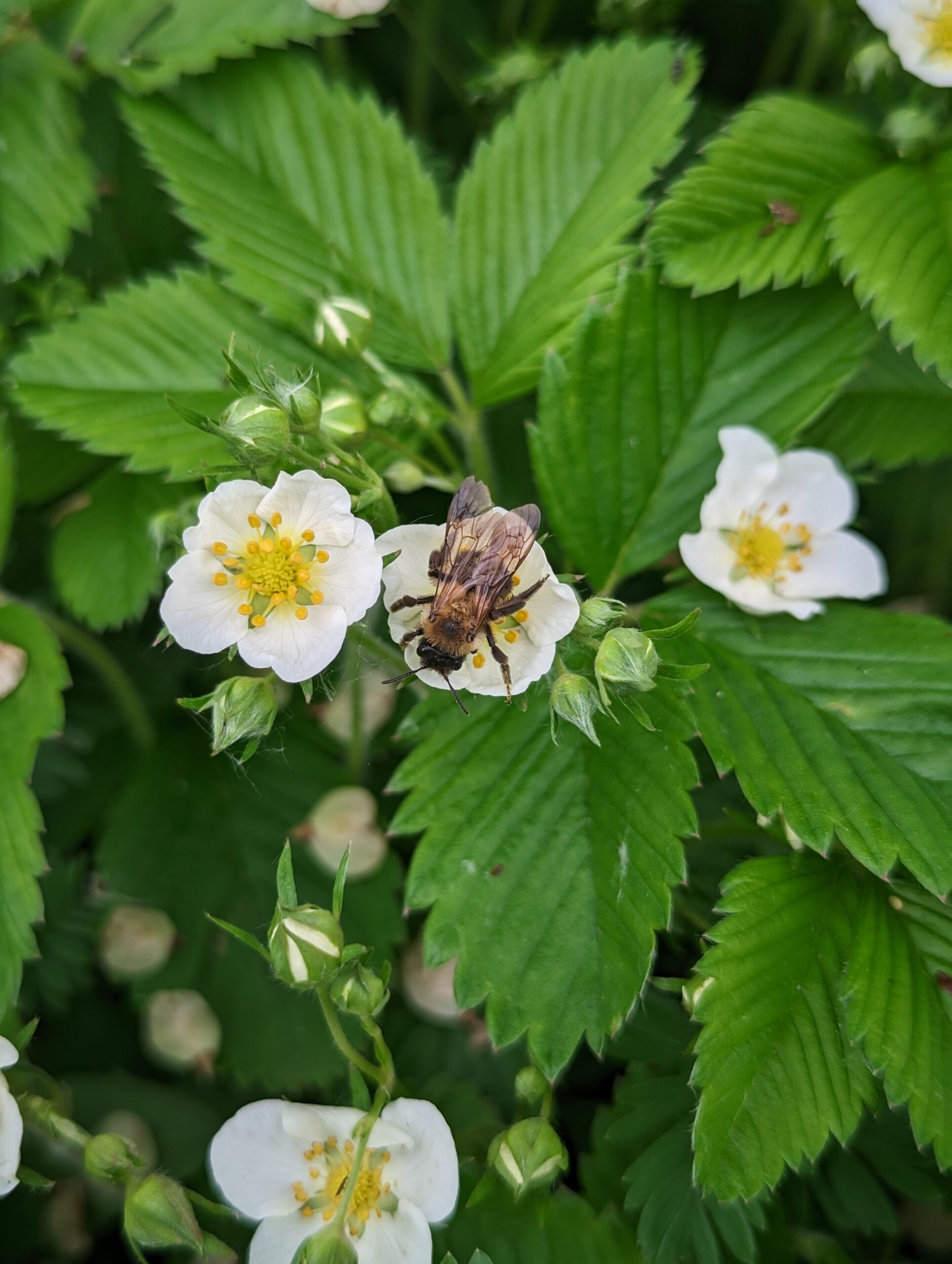
Effective Strategies for Responsible Pest Management
Implementing thoughtful pest control methods can help protect the environment, beneficial species, and pets while addressing infestations effectively.
- Target treatments to specific areas instead of broad application to limit impact on non-target species.
- Apply treatments during early morning or late evening to avoid peak activity times for pollinators.
- Use pet-safe products and follow label instructions to reduce risks to animals.
- Regularly inspect outdoor areas to detect and address infestations early, minimizing the need for widespread treatments.
- Create natural barriers, such as mulch or gravel, to discourage pests while protecting beneficial wildlife.
Rules that keep communities safer
Environmental Protection Agency (EPA) Guidance You Should Know
The Environmental Protection Agency (EPA) sets national standards for labels and use. Those directions are legally binding. They exist to protect public health.
Labels explain hazards to aquatic life, pets, and people. They also define protective gear and re-entry timing. Read them every time.
Our techs follow EPA and state rules on storage, transport, and application. Compliance isn’t optional. It’s how we do business.
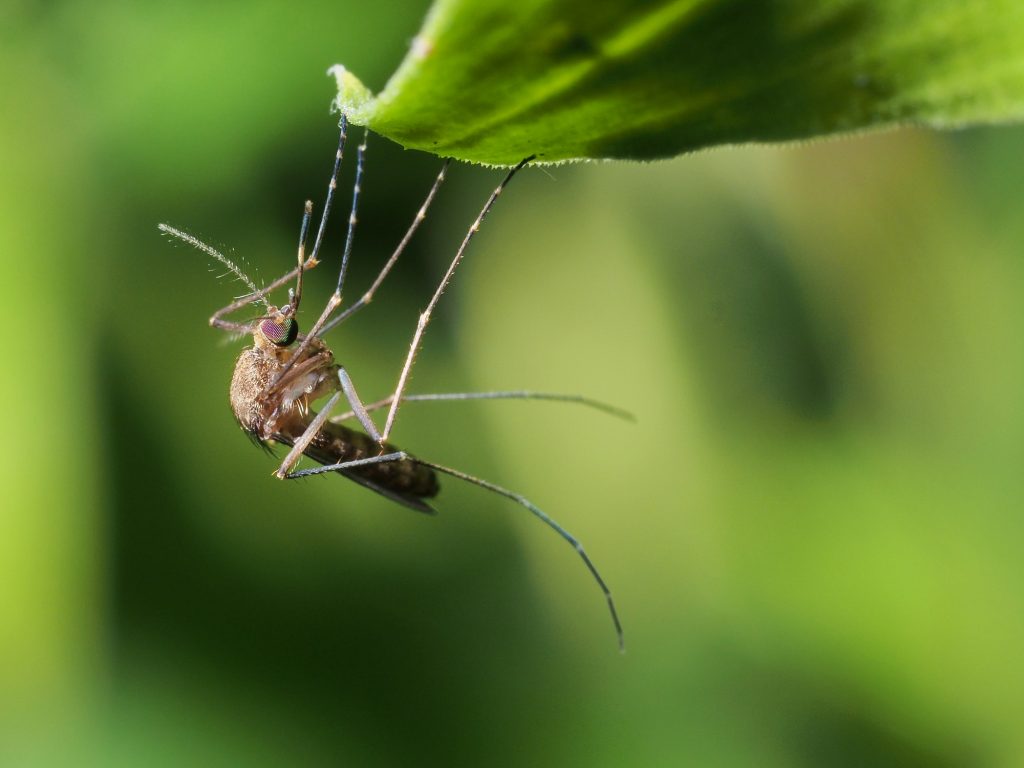
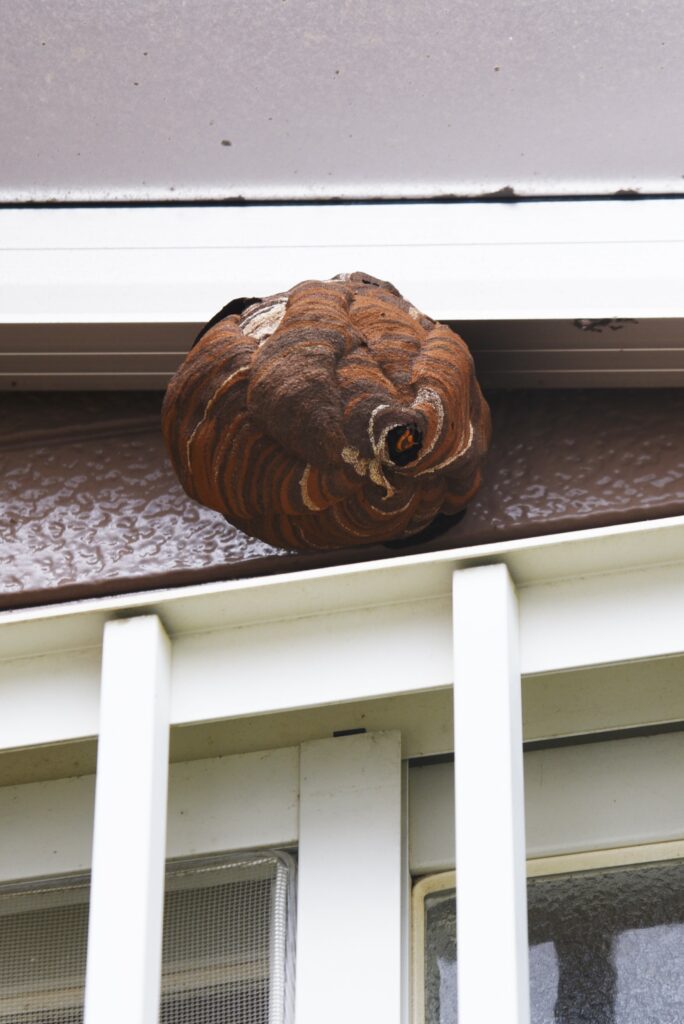

Partnership beats pollution
Public Health Protections and Your Role
Local programs track pesticide contamination in water. They flag problems early. Reporting spills helps everyone. Businesses and homeowners play a big part.
It is important to store products safely and keep them off sidewalks and driveways. Follow label directions and dispose of unused products properly.
At Pete’s Pest Patrol, we make pest control safe, effective, and hassle-free for your family. We use low-risk solutions and provide expert guidance to protect your health and the environment. Our experienced team takes care of everything, giving you peace of mind and a pest-free home. Your safety and comfort are always our priority.
Stop the problem at its source
Safer Pest Control: Prevention First, Chemicals Last
Seal gaps, remove food, and fix leaks. Pests leave when the benefits vanish. It’s the foundation of every plan.
Baits and targeted gels stay put and work quietly. They avoid broad spraying. Results show up fast.
When sprays are needed, we choose the right type of pesticide and the lowest effective dose. The goal is control, not excess.
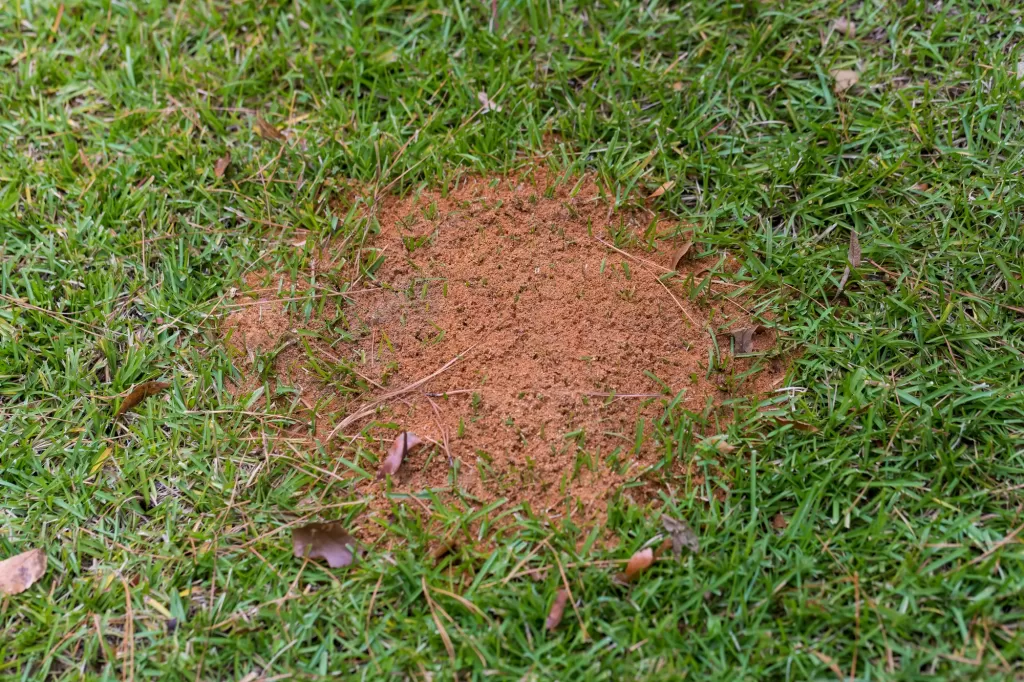
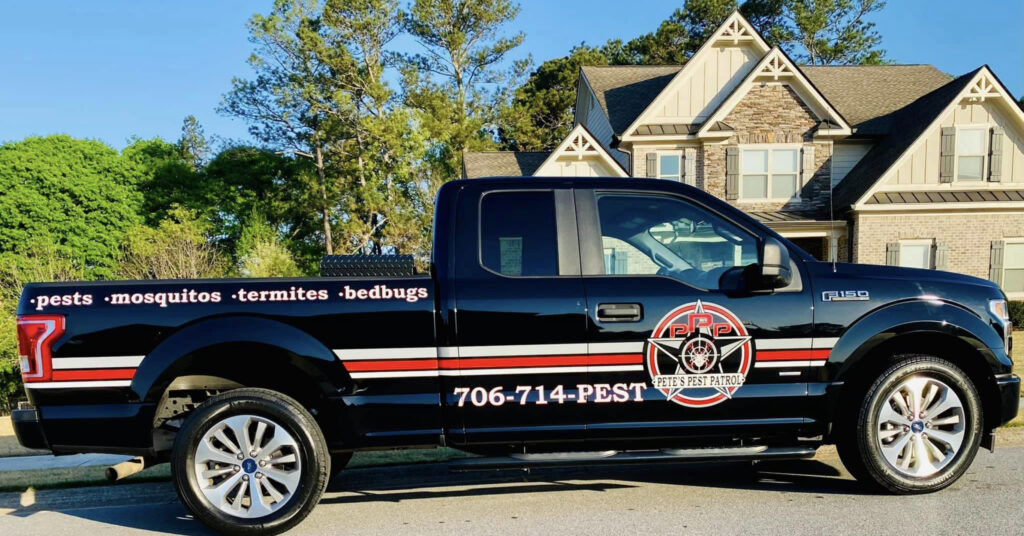

Standards, training, and transparency
Choosing Pros Who Reduce Risk in the United States
Pick licensed providers who explain products and plans. Ask about runoff, drift, and buffer zones. Clear answers matter.
Responsible companies monitor weather and water features. They avoid treatments before storms. That simple choice prevents many issues.
We build every service around protection. From water quality to soil health, your property gets careful, compliant care.
Athens’ trusted partner for precise, eco-smart control
Choose Pete’s Pest Patrol – Clean Results, Fewer Worries
You want pests gone without new problems. Pete’s Pest Patrol delivers. We tailor treatments to your space, protect surface and ground waters, and avoid highly toxic options when safer tools work.
Our plans reduce pesticide contamination risks from start to finish. We consider active ingredients, weather, soil particles, and nearby drains. That’s how we cut adverse effects and protect the aquatic ecosystem and food chain.
Ready for safer, stronger results? Book online with Pete’s Pest Patrol today. Get expert pest control that protects your home – and public health – every step of the way.

